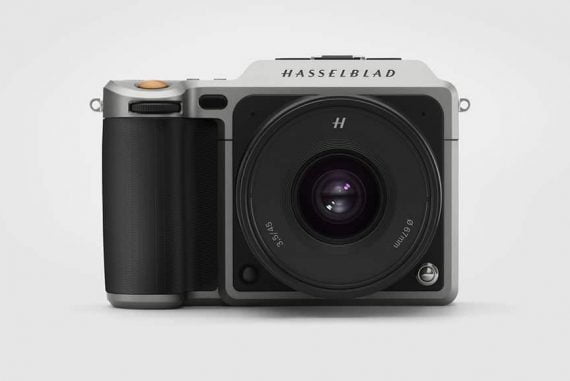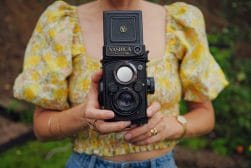

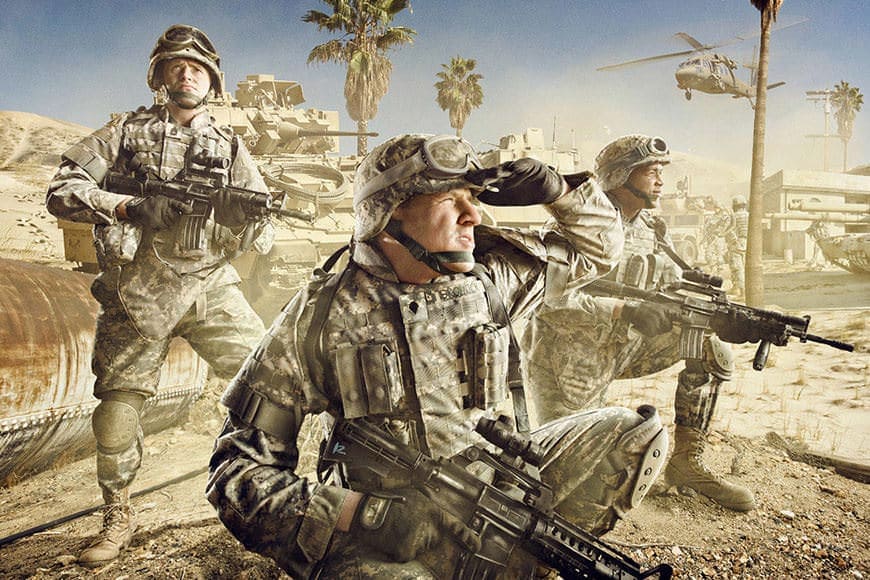
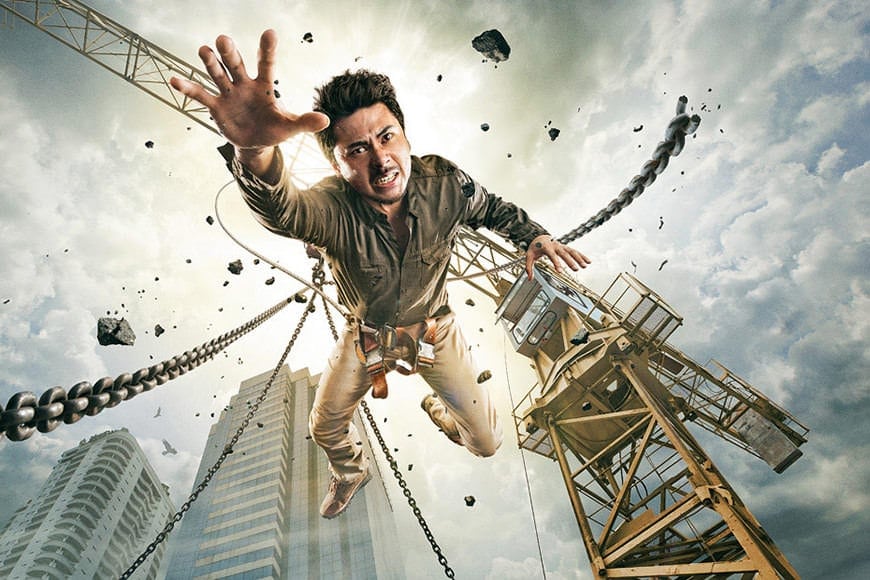
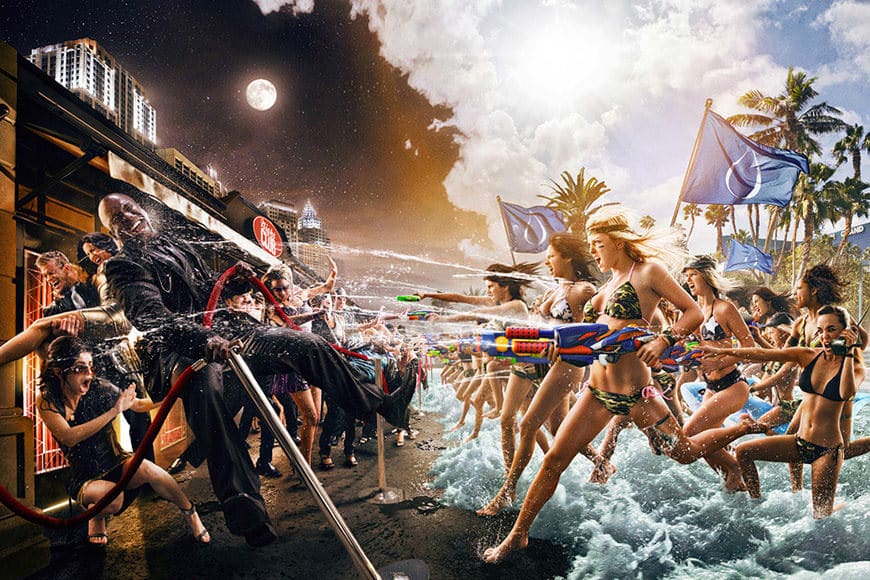
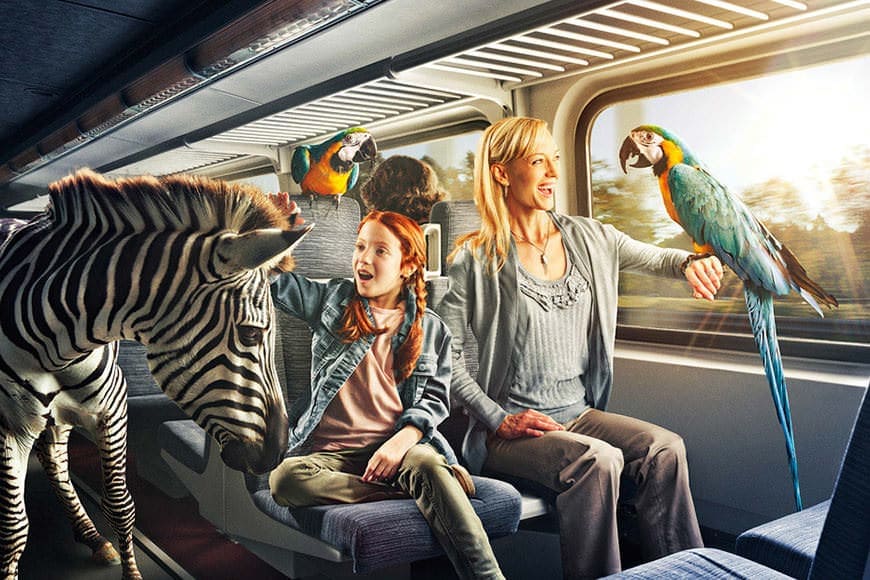

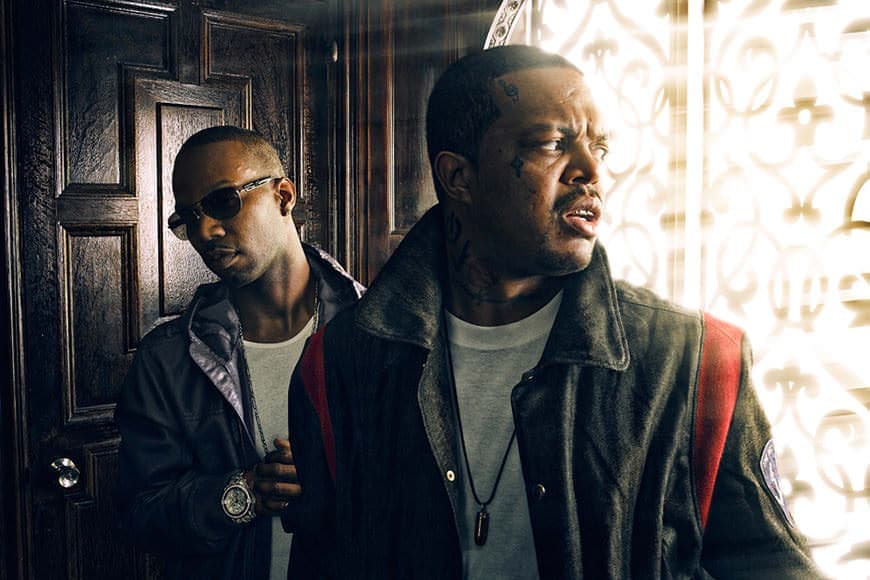
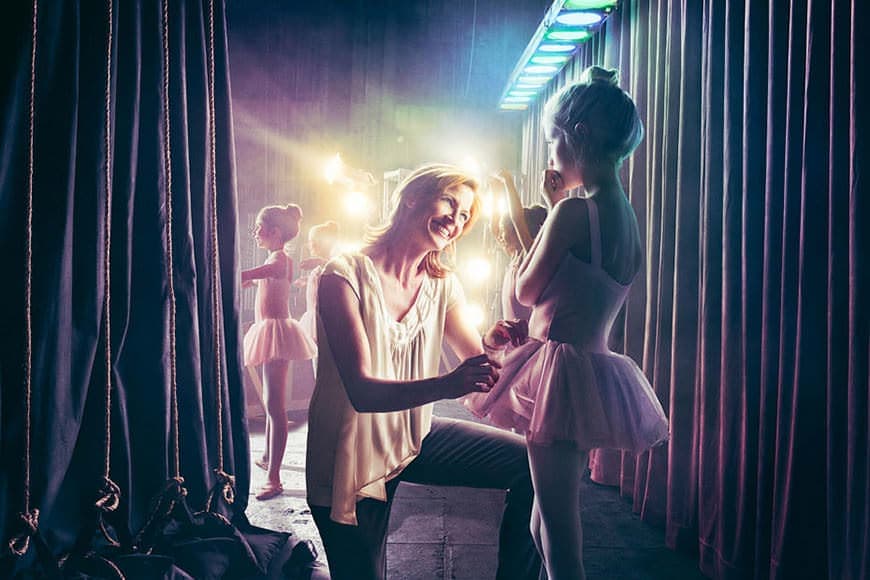
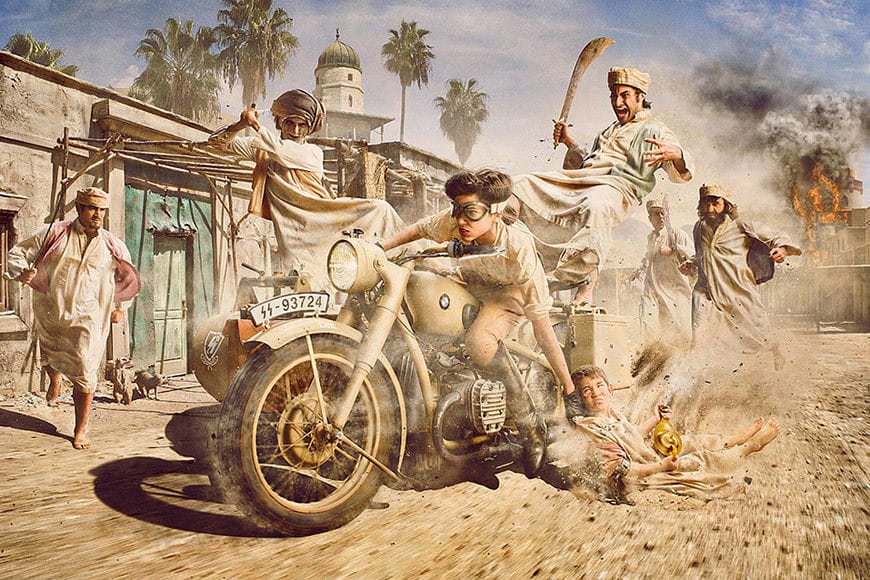
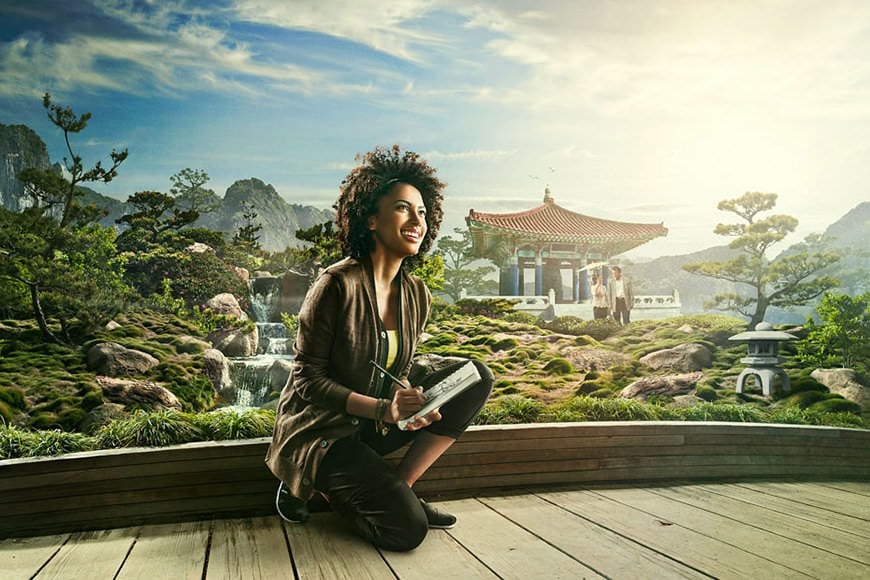
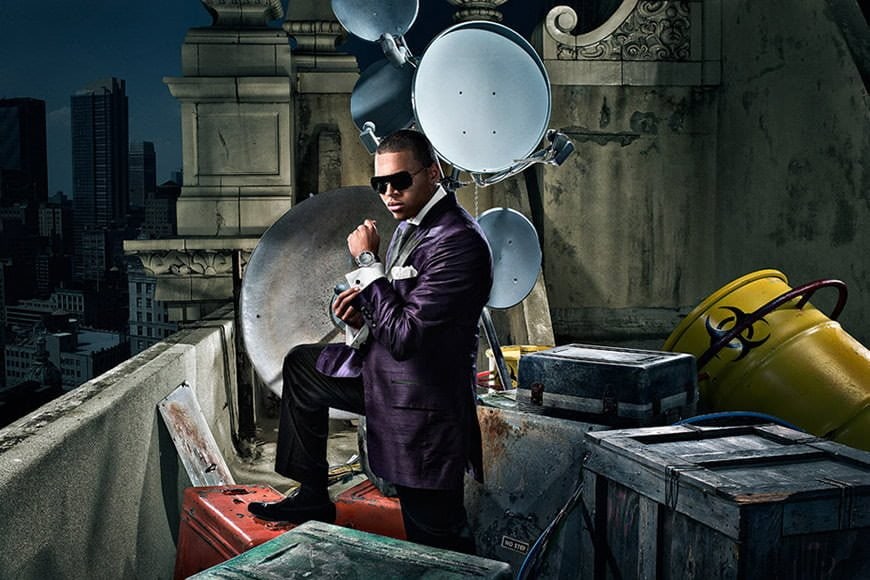
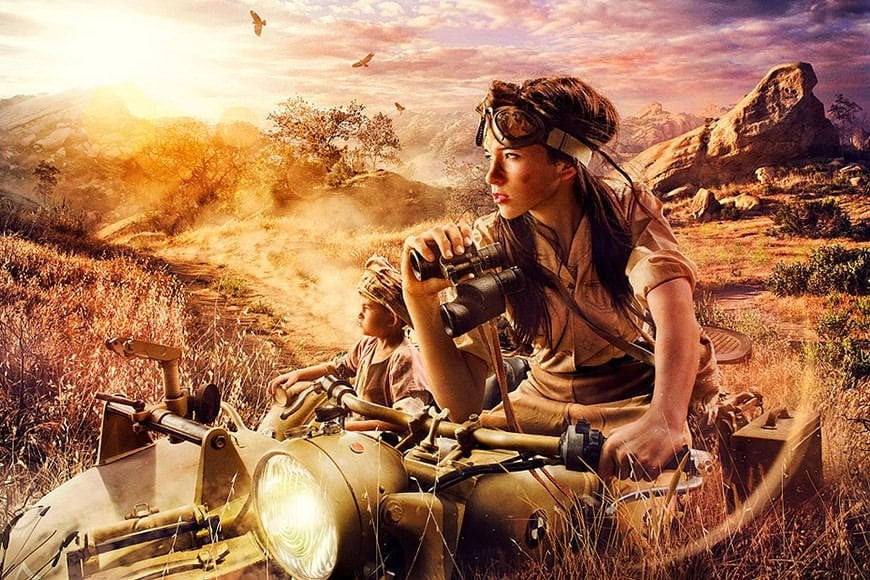
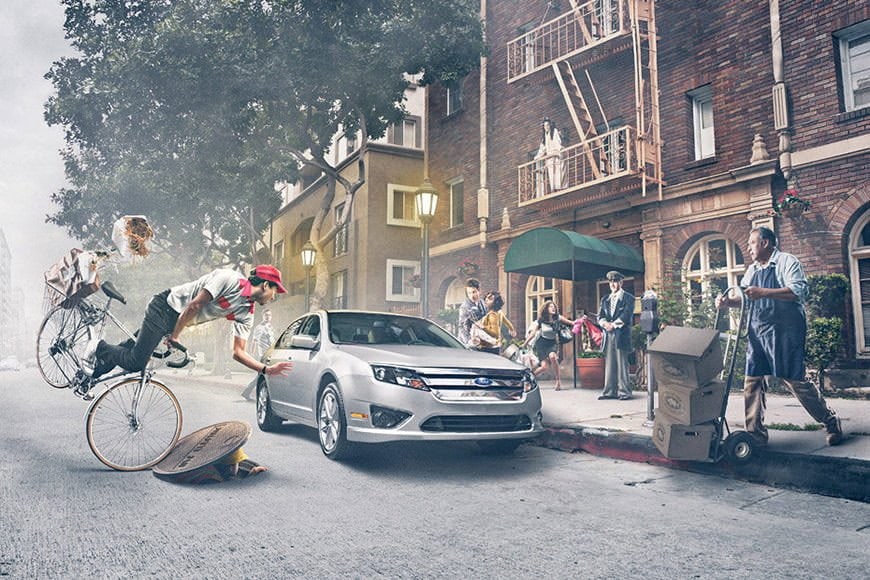
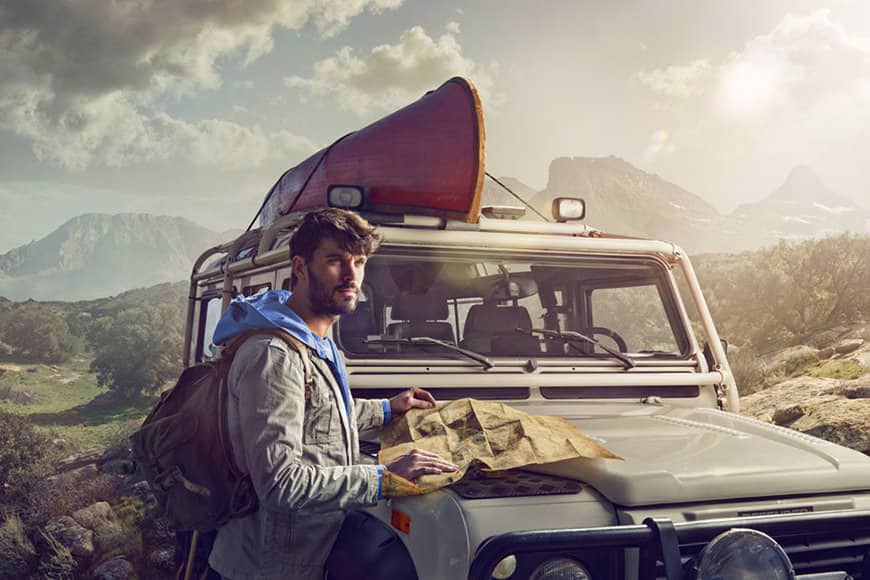
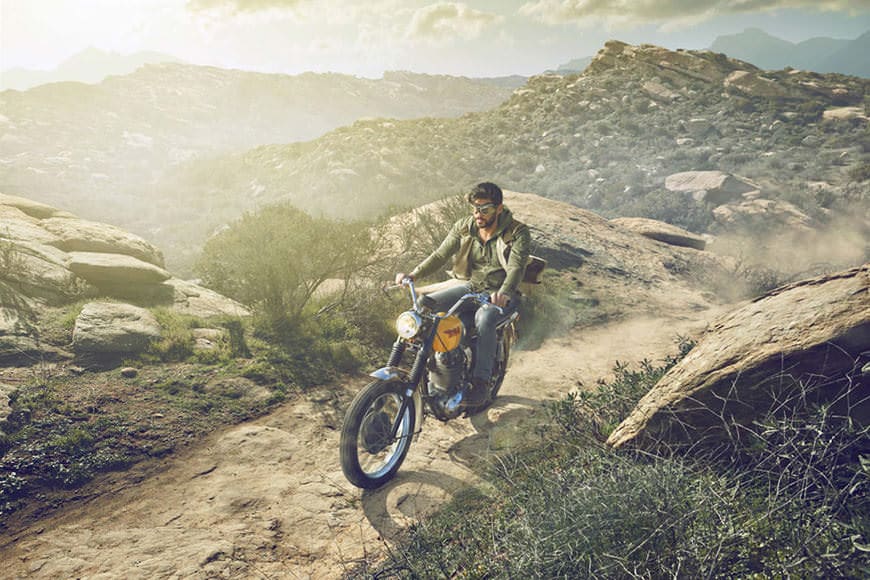
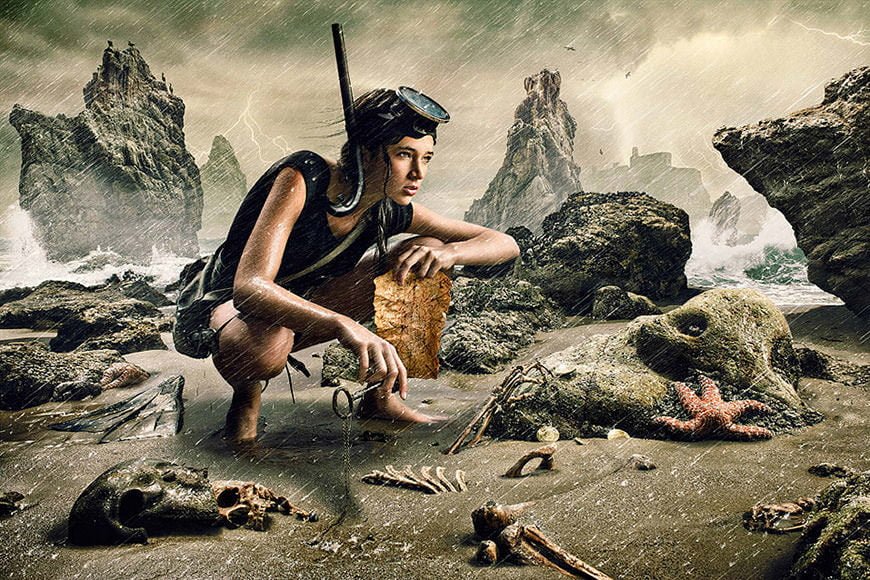
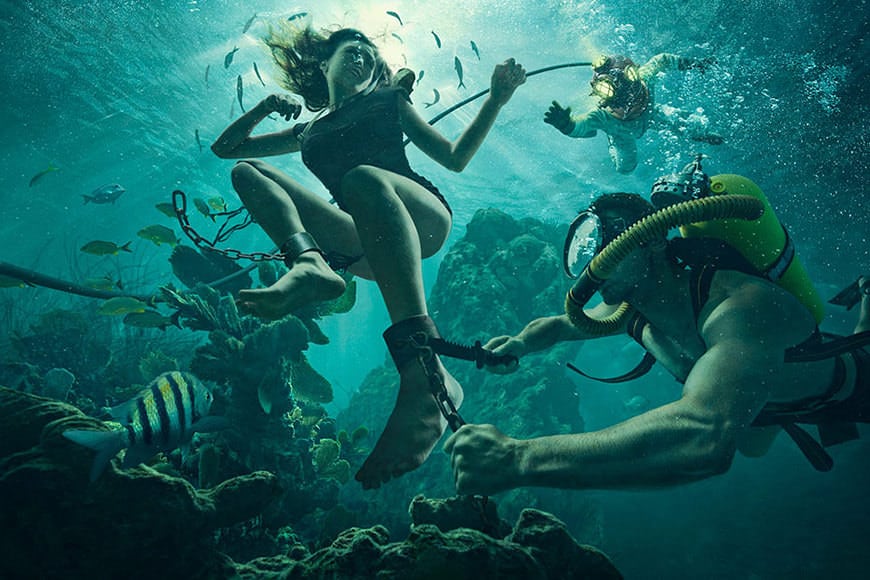

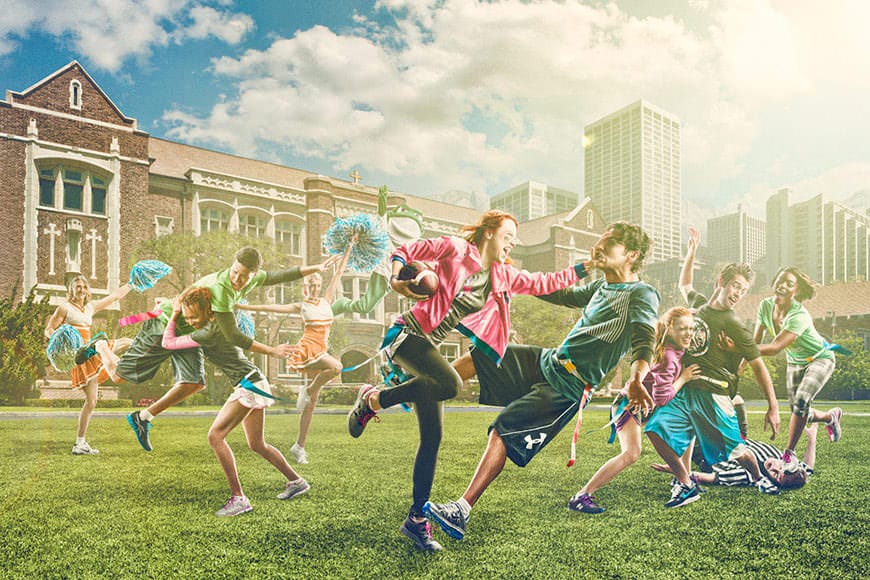
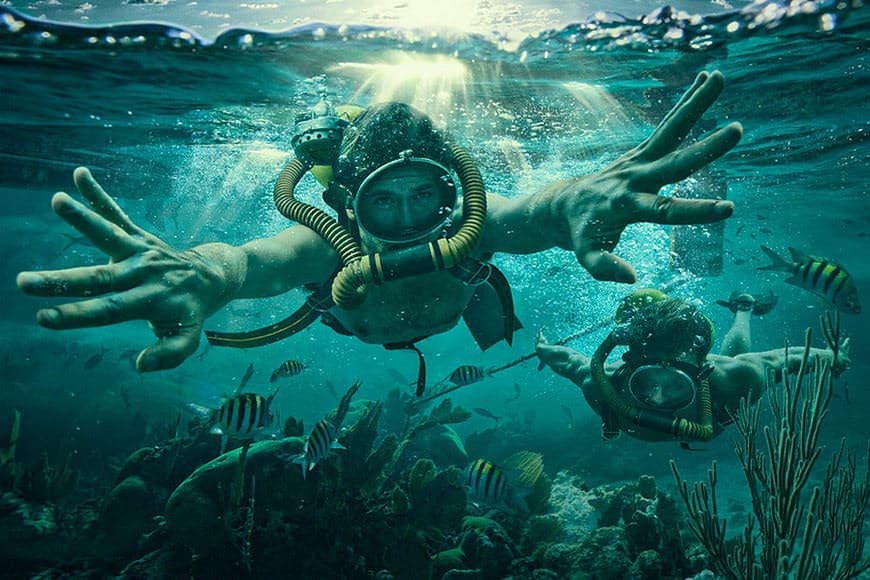
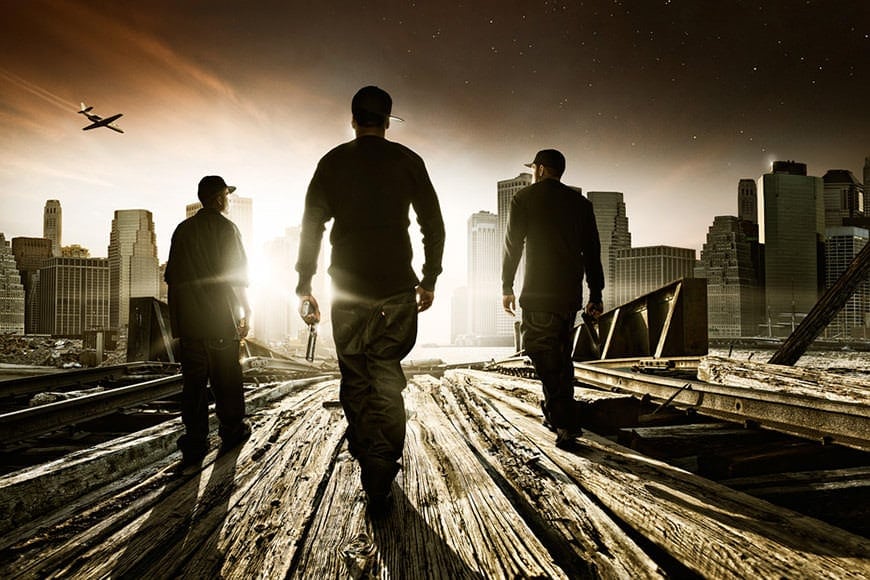
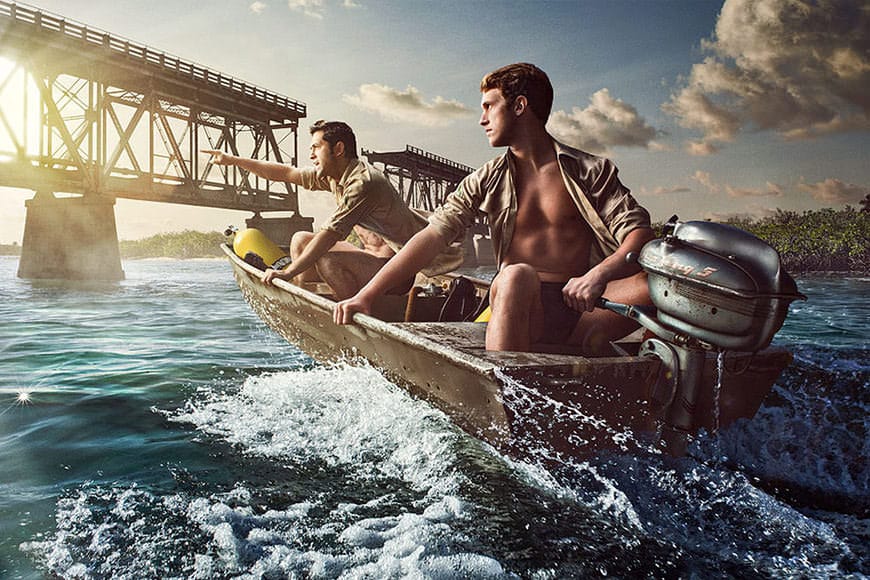
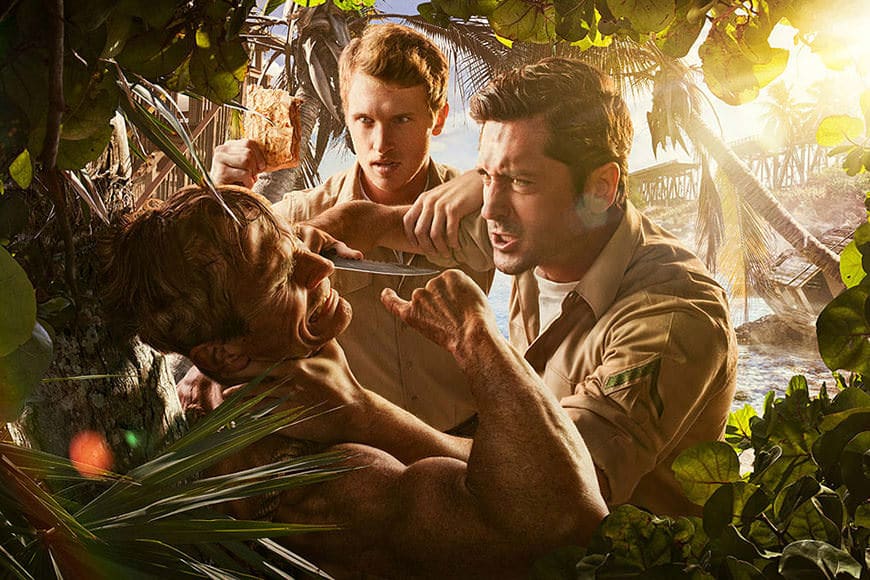
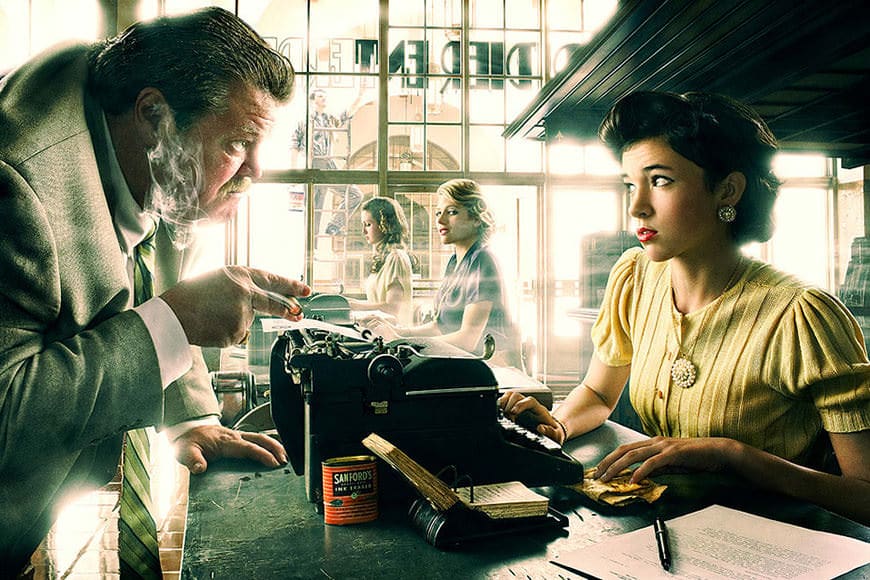
Dave Hill
Commercial | Last Updated: April 4, 2024
This is the first time I’ve really put all my cameras together like this. It was fun to spread them out in a pile. Each one has its own set of memories. I realize I’m pretty obsessed with different camera types. They all have their own strengths and weaknesses.
Here are my opinions on them all.
Canon 6D
This is my newest purchase. I finally sold my old Canon 5Dii last month. I wanted the Canon 6D mainly for street/travel photography, and I liked the silent shutter mode. I chose it over the 5Diii for a few reasons. It has built-in WiFi, which has been great for Instagramming on the road, as well as built in GPS (not too useful, but I’ll take it.) It’s lighter, cheaper, about the same resolution, and lastly, even though it has less auto-focus points, the center one is more sensitive to low light. What do I need 5 billion autofocus points for anyway?!
I also just bought the new Canon 35mm f/2. It’s much smaller than the Canon 35mm f/1.4, has fast auto-focus (much better than the older 35mm f2). So far, the Canon 6D and this Canon 35mm f/2 has been a really fun street/travel camera combo.
Canon lenses
Of course I still have all three classic 2.8 L zooms. The Canon 24-70mm f/2.8 v1, Canon 16-35mm f/2.8 v2, and Canon 70-200mm f/2.8 non-IS. They mostly collect dust, except for the Canon 24-70mm f/2.8, which is good for shooting background plates. I also have a few other random Canon lenses that are more special-purpose, like the Canon 100mm f/2.8 macro.
Sony NEX 7
I did a shoot with Sony a few years back that advertised their Sony NEX 5 camera. After a week of using it, I really fell in love with it. It was my first mirrorless camera. Sadly, I didn’t even get to keep the $500 camera, so a few months later, when the Sony NEX 7 came out, I bought it, along with the Zeiss 24mm f/1.8.
I’ve used this camera more than any other digital in the past 2 years (well, except for the iPhone). The Sony NEX 7 is really small, great for street and travel photos. I love the flip-up screen. You can be so incognito. This is one area that it beats SLRs and the Fuji’s. The Zeiss 24mm f/1.8 is sharp and fast, though I wish it were smaller. I’ve tried my Leica lenses with an adapter, but it’s a pretty worthless experience. Manually focusing on mirrorless is slow and painful compared to a real rangefinder. I say if you go mirrorless, stick with the autofocus lenses that are meant for the camera.
I still use the Sony NEX 7 a lot, though I’ve been enjoying shooting with my Canon DSLR a lot more again, as “boring” as it is.
Hasselblad H3D-50ii
For my commercial jobs, I have primarily rented medium-format digital cameras, mostly the Phase One P45 and IQ180. Two years ago, I thought I’d save money and buy my own setup. Of course I could only afford a used Hasselblad H3D-50. I bought it off Craigslist.
The images are great at ISO 100 and 200. Past that, the are pretty bad. Because it’s a Hassleblad back, I have to use their own tether software called Phocus, which has been a terrible experience. It constantly crashes and after using the camera on a few commercial jobs, I’ve come to the conclusion that it’s just not stable enough for professional use.
Sadly, the camera is now used as a backup and also to shoot background plates. I should probably just sell it, but I’m not sure how much it’s even worth anymore.
The Hasselblad H cameras are really clunky and big. In my opinion, medium format digital just doesn’t have a big enough market to fund making good cameras. Compared to how good Nikon, Canon, and Sony’s have become, Phase One’s and Hassleblad H’s are pieces of garbage tied to high-res sensors.
And for $40k new? Really?! hahahaha
I have the 80mm and 50mm Hasselblad H lenses for it. They are both good enough.
I’m still waiting for Canon or Sony to come out with a mirrorless medium format and finally close the doors of Phase One and Hasselblad. I think it will happen eventually.
Go Pro Hero 3
I don’t use this too often. I wonder how many GoPro’s are sitting around doing nothing? I guess I really only got it to do RC Car videos with my brother: https://vimeo.com/76490473
I’m pretty sick and tired of seeing GoPro footage in general.
Blackmagic Pocket Cinema Camera
The Blackmagic Pocket Cinema Camera is amazing. I do a lot of filmmaking and have always rented in the past. This is the first digital cinema camera I’ve owned. (let’s be honest, the Canon 5Dii doesn’t count). It’s only $1,000 and could shoot a feature film. I shot my last short film with it. I shoot my Instagram TV show with it. I use it for Behind the Scenes. It’s amazing. It hasn’t shut down or crapped out or given me any issues yet. The images are flat and awesome, shooting straight to ProRes. I love the small sensor size. It’s the antithesis of the shallow depth-of-fieldy DSLR Vimeo stuff we are all so sick of seeing, (generalization, I know)
If you own a DSLR just for video… please sell it. Seriously. Sell it. DSLR video should be dead.
I got the SLR Magic HyperPrime Cine 12mm T/1.6. It’s fast and sharp (from f/1.6-5.6 at least). Such a killer combo.
Blackmagic is doing some great things these days. Their new URSA 4k camera looks awesome. RED is going to be stuck in the middle between Blackmagic and Arri if they don’t watch out.
Leica M6

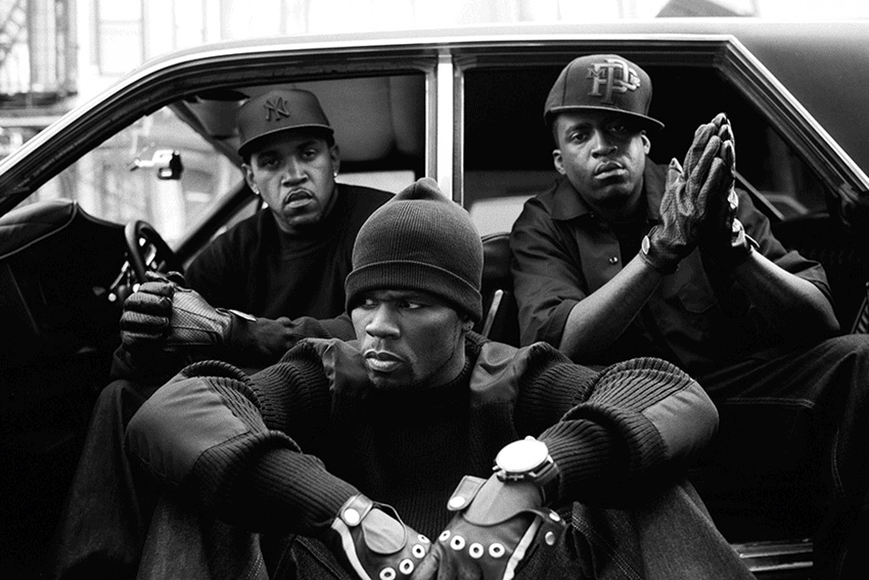
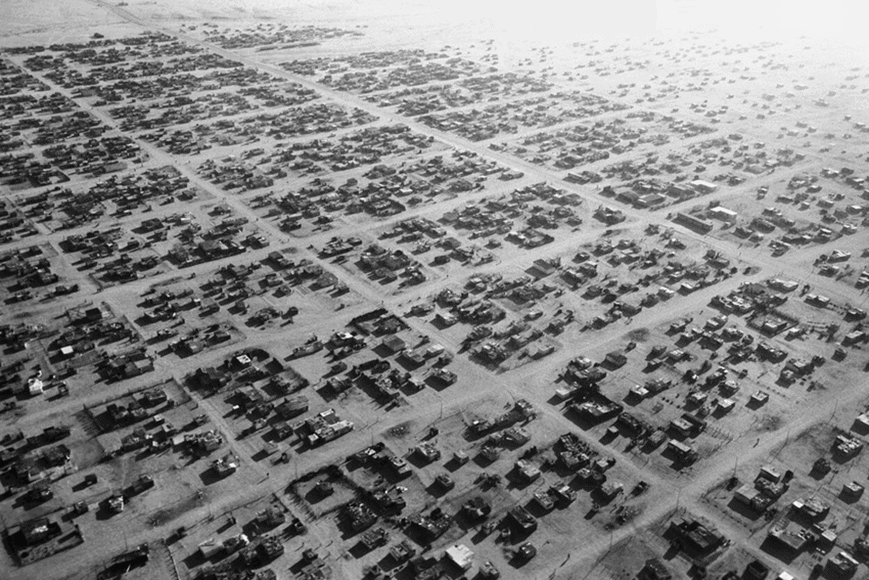
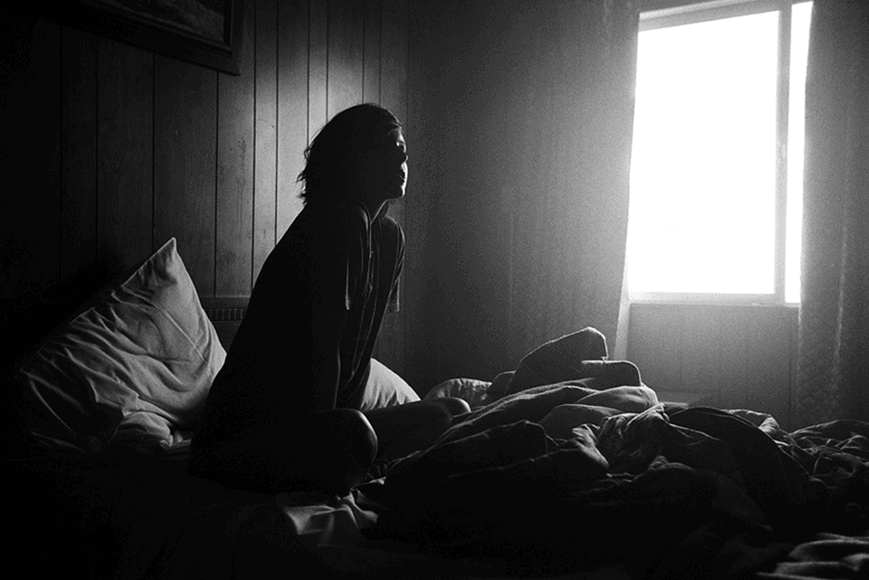
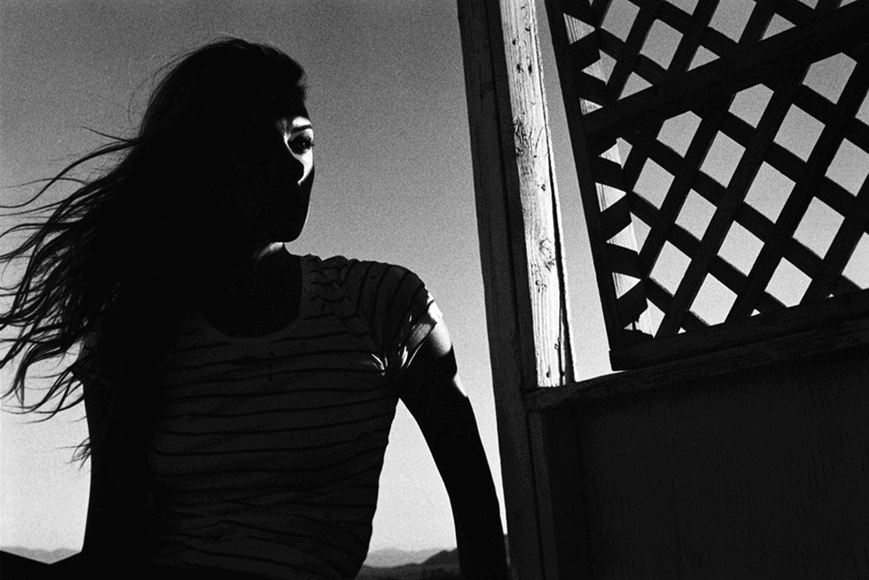
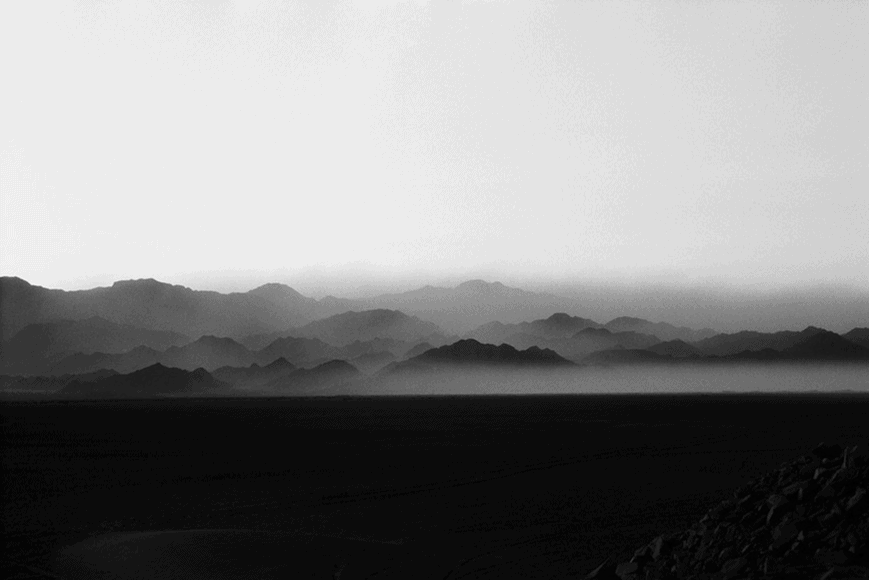
Where do I start? The Leica M6 is my favorite camera. It always will be. It owns a piece of my heart. I bought two bodies on Craigslist in Nashville in 2006. At the time, film was dead. The Leica M6 brought me out of my digital compositing funk. I started on BW film in college and the Leica brought me back to it. Over the past 7 years, I’ve been shooting BW film non-stop. I love it. Using a rangefinder is such a great experience.
Now I just wish I’d get hired to shoot with it!
I have the Leica 35mm f/2 Summicron. I love this lens. It’s really all I need. I also have an older Leica 50mm f/2, which I don’t use much, and the Leica 90mm f/2.8. The 90mm usually joins the 35mm on vacation. It’s so small for a 90mm!
I only have one gripe with the Leica M6. Everyone says to get a Leica because they are so tough. I disagree. Both of my Leicas have gone in for repair and lube a few times. Each visit costs around $270. The rangefinder gets out of alignment The shutter counter stops working. The shutter curtain has lag which causes odd vignetting patterns. Happens to both of my bodies. Kind of ridiculous.
These issues don’t happen on any random mid 90’s Canon or Nikon SLRs.
I have a Nikon Coolscan 9000 which I used to scan all my film with. Recently I’ve become lazy/busy and have Richard Photo lab process and scan for me. In the end, it’s more cost effective and keeps me shooting more, computing less.
Canon Rebel T2
I got this little 35mm film camera on eBay a few years back for around $50. It’s the most modern film Rebel Canon made and actually has some decent features. Good autofocus, very small. Last summer at a friend’s wedding, I paired it with my older Canon 35mm f/2 and shot it on Program mode all week. Everything was sharp and exposed well. I doubt anyone could tell the different between the photos from the Canon Rebel T2 and my Leica M6’s.
Hasselblad 500cm
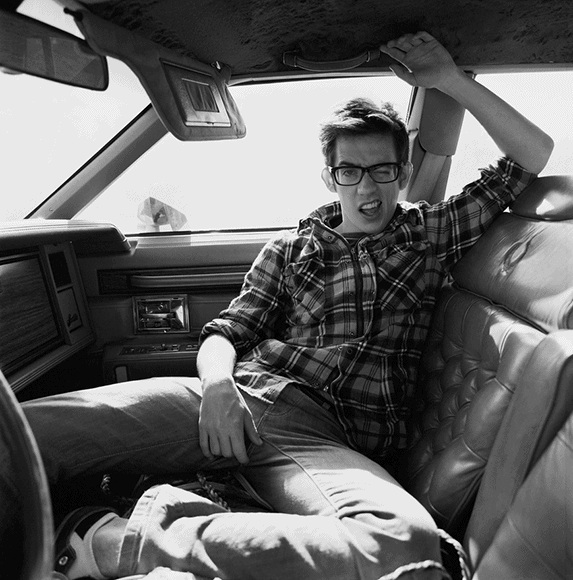
This was my second medium format camera. I got a Bronica SQ-ai system in the early 2000s which I loved, but everyone said I needed the Hasselblad 500cm since it was sharper, etc, so I sold the Bronica and bought a used 500cm and 80mm lens. I also got the 50mm and the 150mm.
I’ve only have two commercial jobs where the client wanted me to shoot BW film. I used the 500cm on both. This camera was definitely built for commercial jobs in 70s-90s. I have a bunch of backs, so my assistants could always have film loaded and ready to switch out. It’s a workhorse.
I don’t really have any complaints with it, but for some reason, I’ve never really loved it. The cheaper Bronica was actually more of a joy to shoot with. The backs were easier to load and the finder and advance knob were designed better.
The Hasselblad 500cm has always been too big and heavy to carry around on vacations, and it’s not inconspicuous enough for street/journalism, in my opinion.
For now, this camera collects dust.
Toyo 45CF
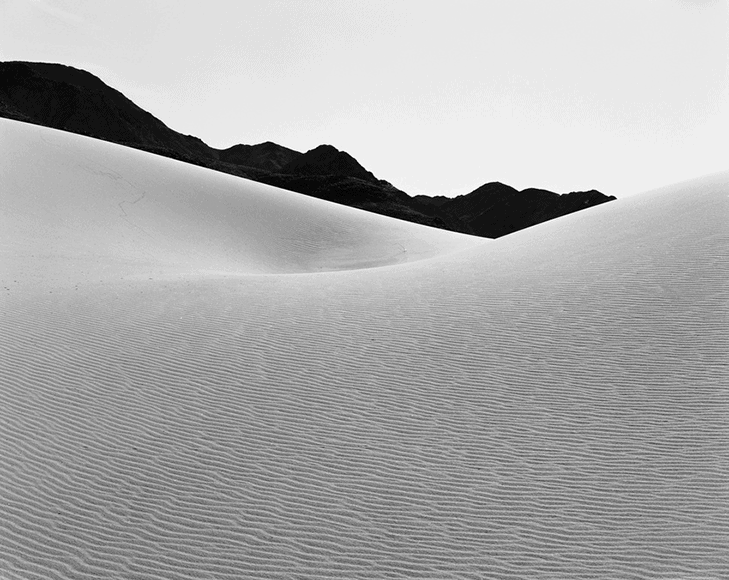
Of course, any photographer who takes themselves seriously has to dabble in large-format at some point, right?
In 2007 I bought an old Calumet studio 4×5 camera and 210mm lens. The camera had a light-leak, so I gave it to Goodwill and bought this $800 Toyo 45CF plastic field camera. For what it is, it works great. I shot a bunch of landscapes and a few bands with it in 2007-2008. It was fun.
Kodak and Fuji have since stopped making the Quickload film sheets, so now the only option is loading each sheet manually. I’m pretty lazy so this was kind of a deal-breaker for me. I may play around with it again someday but who knows? It’s tough to find the motivation when I could shoot with the….
Mamiya 7ii
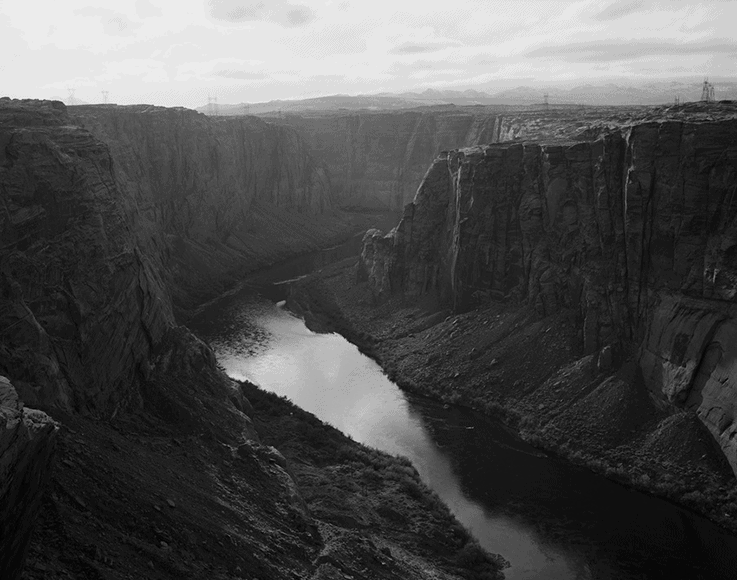
The Mamiya 7ii. This camera has gotten a lot of hype and has had a resurgence over the past few years and rightfully so. It’s pretty much a plastic, 6×7 medium-format Leica. For travel, landscapes, and journalism, it’s really hard to beat. I have the Mamiya 80mm f/4 and Mamiya 50mm f/4.5 lenses. Both are soooo sharp, though I use the Mamiya 7ii 80mm f/4 99% of the time. The scans I get back from these negatives are about as good as the 4×5 scans I’ve done, so unless I need tilt/shift, there doesn’t seem to be much advantage with 4×5.
The Mamiya 7 is really small and a lot lighter than the Hasselblad 500cm. The only real disadvantage is the lack of interchangeable film backs. I’ve tried using it for some personal fashion test shoots, and it’s a pain when you have to reload every 10 shots and your talent sits and watches. I guess you could buy two bodies to solve this issue.
I just got finished with a documentary project on the city of Barstow, CA. I used this camera for all of it. It casually dangled on my wrist the whole time. I love it.
Nikonos V
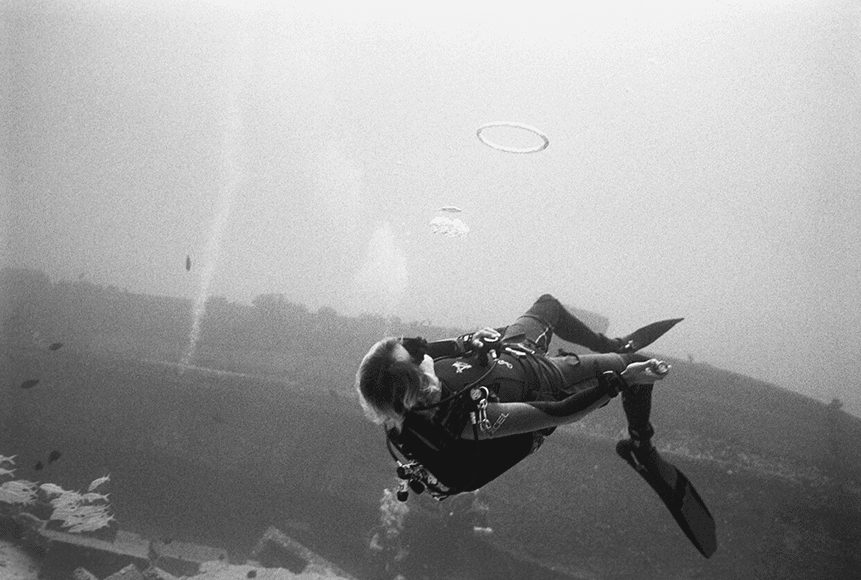
The Nikonos V was a fun/cheap Craigslist purchase a few years back. I’ve taken it on snorkeling/diving locations and it’s worked well. I have the 28mm and 35mm lenses. Both are sharp underwater. I remember drooling over this camera in the 90s, so I enjoy having it in my collection now.
Rollei A110
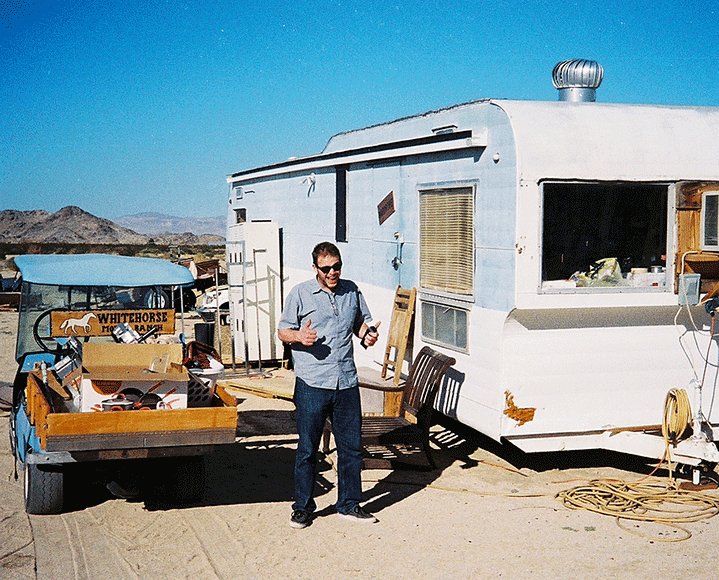
I first saw this little 110 film camera at the Pasadena Camera Show. I was so impressed with it’s small size and solid build that I couldn’t get it out of my head. A few months later I bought one on eBay for about $50. I’ve only shot a few rolls of 110 film with it, but the exposures were all right-on and the images were sharp, considering the small negative. Gosh, as I’m writing this, I kinda wish I had this camera with me right now.

Check out these 8 essential tools to help you succeed as a professional photographer.
Includes limited-time discounts.





